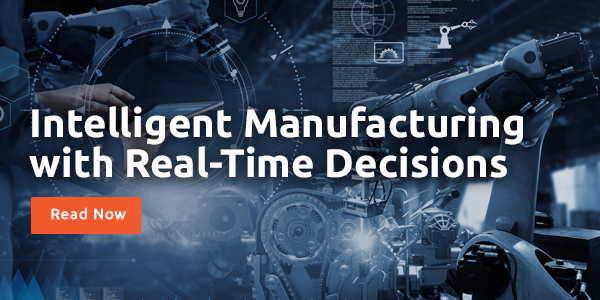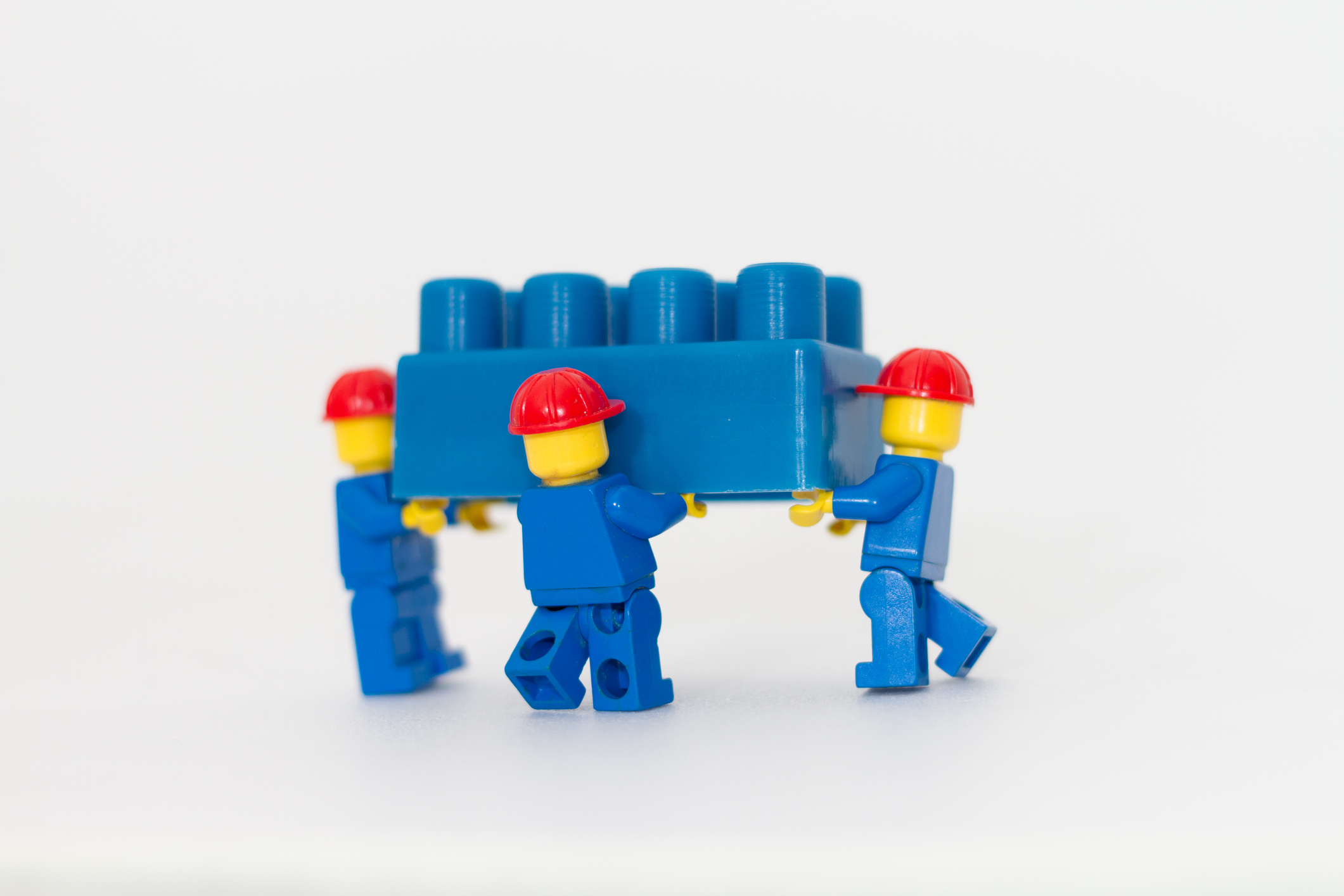Preventative (or preventive) maintenance is a proactive approach focused on regular inspection, maintenance, and repairs to prevent equipment failures, minimize downtime, and extend asset lifespans. By conducting routine tasks on machinery and infrastructure, organizations can avoid costly breakdowns and maintain operational efficiency. Rather than waiting for equipment to fail, preventive maintenance, via things like real-time decisioning, schedules tasks based on time intervals or usage metrics, enhancing productivity and cost-effectiveness and preventing costly downtime. Industries like automotive manufacturing now rely on preventative maintenance to meet productivity SLAs.
Table Of Contents
- Introduction
- How Does Preventative Maintenance Work?
- Types of Preventive Maintenance
- Examples of Preventive Maintenance
- Difference Between Preventative Maintenance and Predictive Maintenance
- Benefits of Preventive Maintenance
- Preventive Maintenance vs. Reactive Maintenance
- Best Technologies for Preventative Maintenance
- Conclusion
Introduction
Remember playing with Legos? Maybe not – but if you do, or if you are familiar with Legos, you would build something and then it would just sit there – for days, weeks, maybe even years, until the dog stepped on it or your little brother or sister swatted it into a million pieces.
The beauty of Legos was (is) the “one and done” aspect of it. You build it, and then that was pretty much it. You could play with it until you felt like building something else and turning the current models into interior design pieces. Legos – at least the basic versions – have no motorized parts and essentially nothing that can break down. Hence, they require no “preventive maintenance” or ongoing costs or labor.
Things like cars, robotics, and factory machine parts, on the other hand, contain thousands of interconnected moving parts that could break down unexpectedly at any moment. Where in the past, organizations would have to just wait and hope that their machinery worked well and behaved, with little to no idea when the inevitable breakdown would occur, they are now, thanks to technologies like industrial IoT and artificial intelligence (AI), starting to be able to predict and prevent equipment failures, allowing them to slash downtime and repair costs.
Companies now leverage AI algorithms to analyze large data sets from connected machinery, detecting patterns that signal wear or impending failures. IIoT devices and sensors allow for real-time monitoring, giving maintenance teams the ability to track equipment health and schedule maintenance activities before issues arise. As industries adopt these technologies, preventive maintenance is evolving to support smarter, data-driven decision-making, ultimately boosting efficiency, safety, and cost savings.
Read on to learn how preventive maintenance works, types of preventive maintenance, examples of preventive maintenance, and more.
How Does Preventative Maintenance Work?
Preventative maintenance relies on a systematic approach where tasks are planned according to set schedules or usage intervals. The process typically includes:
- Inspection: Regular equipment inspections to identify potential issues.
- Servicing: Routine tasks like lubrication, cleaning, and calibration.
- Repairs: Minor fixes or adjustments to correct early-stage wear or deterioration.
- Replacement: Replacing parts before they wear out or cause failures.
Scheduling is essential, often based on time (e.g., quarterly or annual checks) or usage (e.g., every 1,000 hours of operation). By addressing small issues early, companies can prevent them from turning into major repairs, reducing downtime and extending the life of equipment.
Types of Preventive Maintenance
Preventative maintenance can be categorized into several types based on timing, task specifics, and equipment needs:
- Calendar-based maintenance: Tasks are scheduled based on specific time intervals (weekly, monthly, or annually), suitable for equipment that runs continuously.
- Usage-based maintenance: Maintenance tasks are planned based on usage metrics, such as hours of operation or cycles. This approach works well for equipment with variable usage.
- Condition-based maintenance: Sensors and monitoring devices track real-time data, prompting maintenance based on the actual condition of equipment rather than a fixed schedule.
- Predictive maintenance: While closely related, predictive maintenance is more advanced, relying on data analytics to predict when a component might fail.
Each type has its unique applications, and many organizations adopt a hybrid approach to cover different types of equipment and operational needs.
Examples of Preventive Maintenance
Preventative maintenance can be found across various industries, including:
- Manufacturing: Regular inspection and lubrication of conveyor belts to prevent breakdowns.
- Healthcare: Calibrating and servicing medical equipment to ensure accuracy and compliance with health regulations.
- Automotive: Scheduled oil changes, tire rotations, and brake inspections to prevent vehicle breakdowns.
- Building management: Routine HVAC inspections to maintain air quality and reduce energy costs.
Each example highlights the focus on preemptive action, helping organizations maintain high standards of efficiency, safety, and reliability.
Difference Between Preventative Maintenance and Predictive Maintenance
While both preventative and predictive maintenance aim to prevent equipment failures, they differ in approach:
- Preventative maintenance involves scheduled maintenance tasks based on time or usage. It is proactive but doesn’t use advanced data analytics.
- Predictive maintenance uses data analytics and AI to predict when equipment will need maintenance. This approach is highly data-driven, allowing for precise timing of maintenance tasks.
Preventative maintenance is often simpler to implement, but predictive maintenance can be more cost-effective in the long run by reducing unnecessary maintenance and extending asset life even further.
Benefits of Preventive Maintenance
Implementing preventative maintenance offers several benefits:
- Reduced downtime: Regular checks and maintenance prevent unexpected breakdowns, minimizing downtime.
- Extended equipment lifespan: Addressing wear and tear early extends the longevity of equipment.
- Lower repair costs: Proactive repairs cost less than emergency fixes.
- Improved safety: Routine maintenance prevents malfunctions that could lead to accidents.
- Enhanced productivity: Equipment runs more smoothly, supporting consistent operational output.
- Cost savings: Preventive maintenance reduces overall operational costs, from repairs to energy expenses.
These benefits make preventative maintenance a critical strategy for industries focused on reliability, safety, and financial efficiency.
Preventive Maintenance vs. Reactive Maintenance
Preventive maintenance is a proactive strategy, while reactive maintenance is a reactive approach, addressing problems only after they arise.
Here’s a quick comparison:
- Preventive maintenance: Planned in advance, cost-effective, reduces downtime, and improves reliability.
- Reactive maintenance: Handled after failure occurs, usually more costly, can result in longer downtime, and may impact safety.
While reactive maintenance is sometimes necessary, a preventive approach minimizes unplanned outages and associated costs, leading to a more predictable and controlled environment.
Best Technologies for Preventative Maintenance
Technological advancements have made it easier to implement effective preventative maintenance. These includeL
- CMMS (Computerized Maintenance Management Systems): Manages scheduling, work orders, and maintenance history, centralizing preventive maintenance activities.
- Industrial IoT (IIoT): Sensors and devices provide real-time data, enabling condition-based maintenance and improving insights.
- AI and machine learning: Analyzes large datasets to identify patterns, predict failures, and optimize maintenance schedules.
- Digital twins: Creates virtual models of physical assets for real-time analysis, offering insights into asset performance and maintenance needs.
These technologies improve accuracy, efficiency, and decision-making in PM, making them essential for companies aiming to maximize their assets’ lifespan.
Conclusion
Preventative maintenance is an invaluable approach in today’s asset-intensive industries, minimizing equipment downtime, reducing maintenance costs, and enhancing safety. By incorporating tools like AI, IIoT, and CMMS, companies can further enhance their preventive maintenance strategies, creating an environment where machinery operates at peak performance and unexpected failures become rare. With the right preventive maintenance plan and technology, businesses can achieve greater productivity, cost savings, and operational stability.




